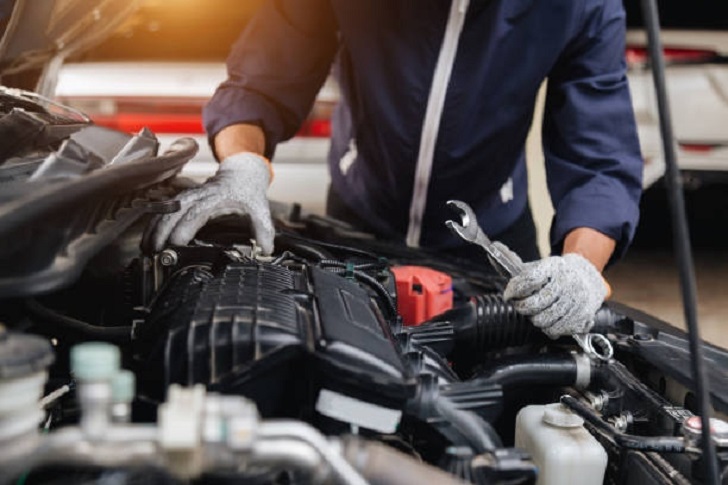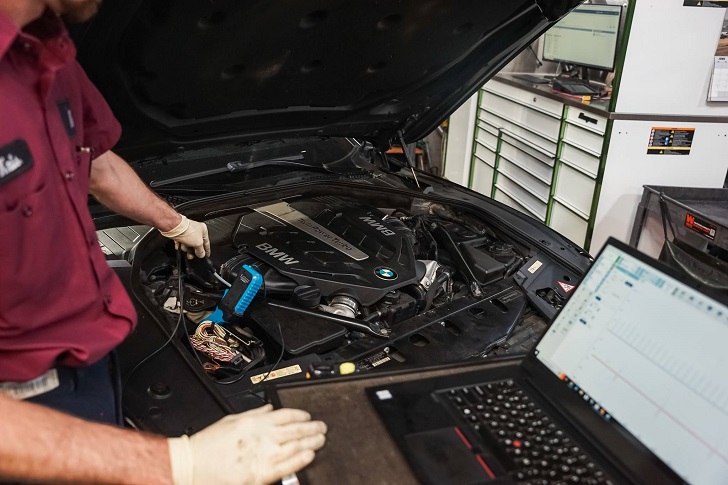When considering a BMW as your next vehicle, it's essential to understand the potential maintenance costs. Are BMWs expensive to maintain? This question often arises and for a good reason. The allure of driving a high-quality, luxury vehicle comes with its own set of financial considerations.
Are BMWs Expensive to Maintain? What to Expect
Once the factory warranty expires, BMW owners should budget an average of $968 annually for maintenance and repairs. This figure can vary based on the model and its age, but it's a good benchmark to start with. High-quality engineering and premium parts contribute to the elevated maintenance costs, but these same factors also mean fewer repairs over time.

Bimmer Experts Reno | Facebook | BMW owners should budget an average of $968 annually for maintenance and repairs.
BMW Servicing Costs
Regular servicing is crucial to keep any vehicle in optimal condition, and BMWs are no exception. While not legally required, BMW recommends servicing its cars every 12 months. Modern BMWs make this easier with the iDrive infotainment system and the instrument cluster, which can display the car's service status, including brake pad condition and engine oil levels.
A typical BMW service includes a brake inspection, brake fluid and oil change, spark plug replacement, and an air filter change. A standard service costs around $150, but it can increase if replacement parts are needed. BMW offers various servicing plans, such as the BMW Pay Monthly Plan and BMW Service Inclusive, which cover the costs for the first four years.
BMW Repair Costs
Repairing a luxury vehicle like a BMW is generally more expensive than a standard car due to the higher cost of parts. However, the superior build quality of BMWs often results in fewer repairs. Regular maintenance can help avoid major issues, ensuring that the car remains reliable. BMWs come with a three-year warranty, and the batteries in electric models are covered for eight years, providing some peace of mind.
Insurance Costs for BMWs
Insurance costs for BMWs vary based on the model and its insurance group. Vehicles are categorized into one of 50 groups, considering factors like repair costs, the time required for repairs, and vehicle performance. Higher groups generally mean higher insurance premiums.
For example, models like the BMW 5 Series, 7 Series, and 8 Series are in higher insurance groups, making them more expensive to insure. Conversely, models such as the BMW i3, X1, and 1 Series are typically in lower groups and may be more affordable to insure. Personal factors like driving history, location, and mileage influence insurance costs.
Which BMW Models Are Expensive to Maintain?
Generally, the BMW models that are more expensive to purchase and have larger engines are also pricier to maintain. A larger engine places the vehicle in a higher insurance group and consumes more fuel, increasing overall running costs.

The Import Mechanics | Facebook | The BMW models that are more expensive to purchase and have larger engines are also pricier to maintain.
The BMW i8, for instance, is a plug-in hybrid sports car with significant power, accelerating from 0 to 62 mph in just 4.4 seconds. This performance level means higher insurance premiums and potentially higher fuel and electric usage than standard plug-in hybrids. Similarly, the BMW 7 Series, known for its large engine, also incurs higher insurance and fuel costs.
However, it's important to note that higher maintenance costs do not necessarily mean more frequent repairs. The repairs may be costlier due to the premium parts used, but the overall durability and reliability of BMW vehicles mean these repairs are less frequent.
Servicing Options and Packages
BMW provides several servicing options to manage maintenance costs effectively. The BMW Pay Monthly Plan allows for a fixed monthly fee covering servicing expenses, making it easier to budget for regular maintenance. BMW Service Inclusive covers the costs of servicing for the first four years from the purchase date, offering significant savings for new BMW owners.
Many retailers offer their own servicing packages for those purchasing a used BMW, ensuring that the vehicle performs at its best. Regular servicing, even for older models, can prevent costly repairs down the line and keep the car running smoothly.

